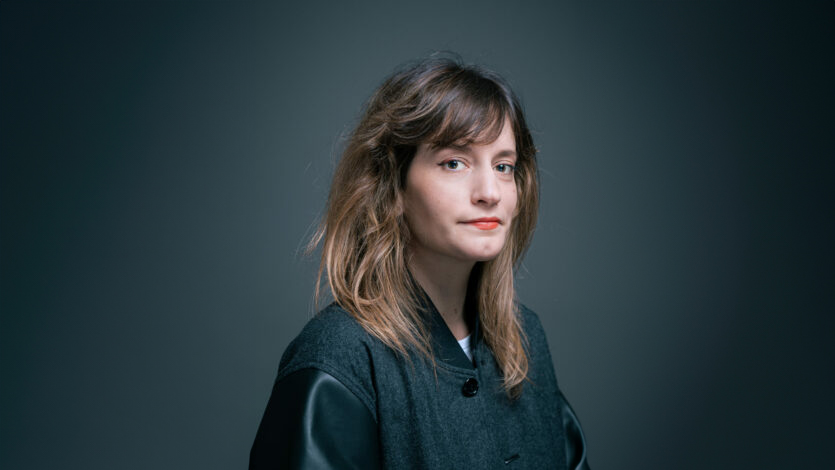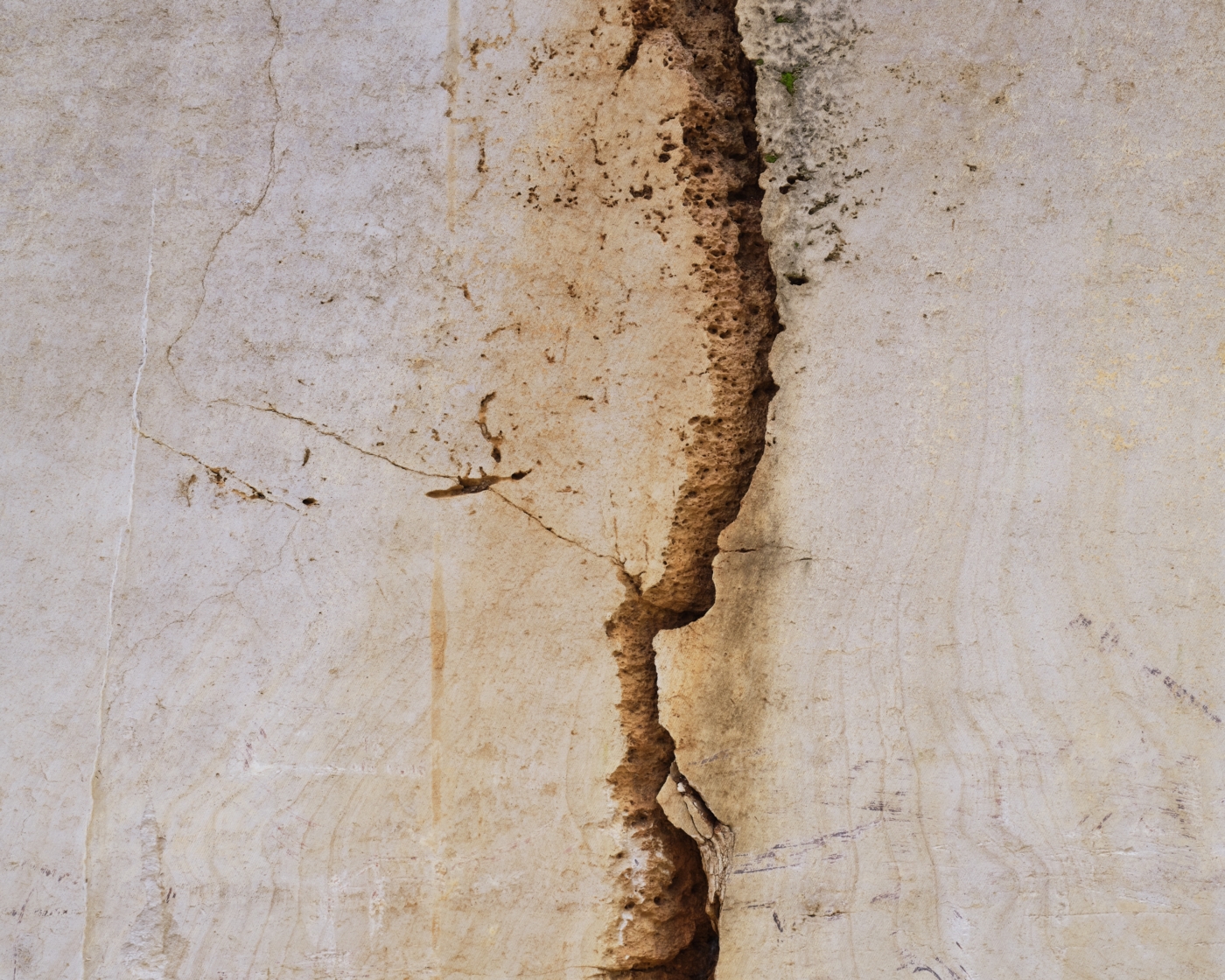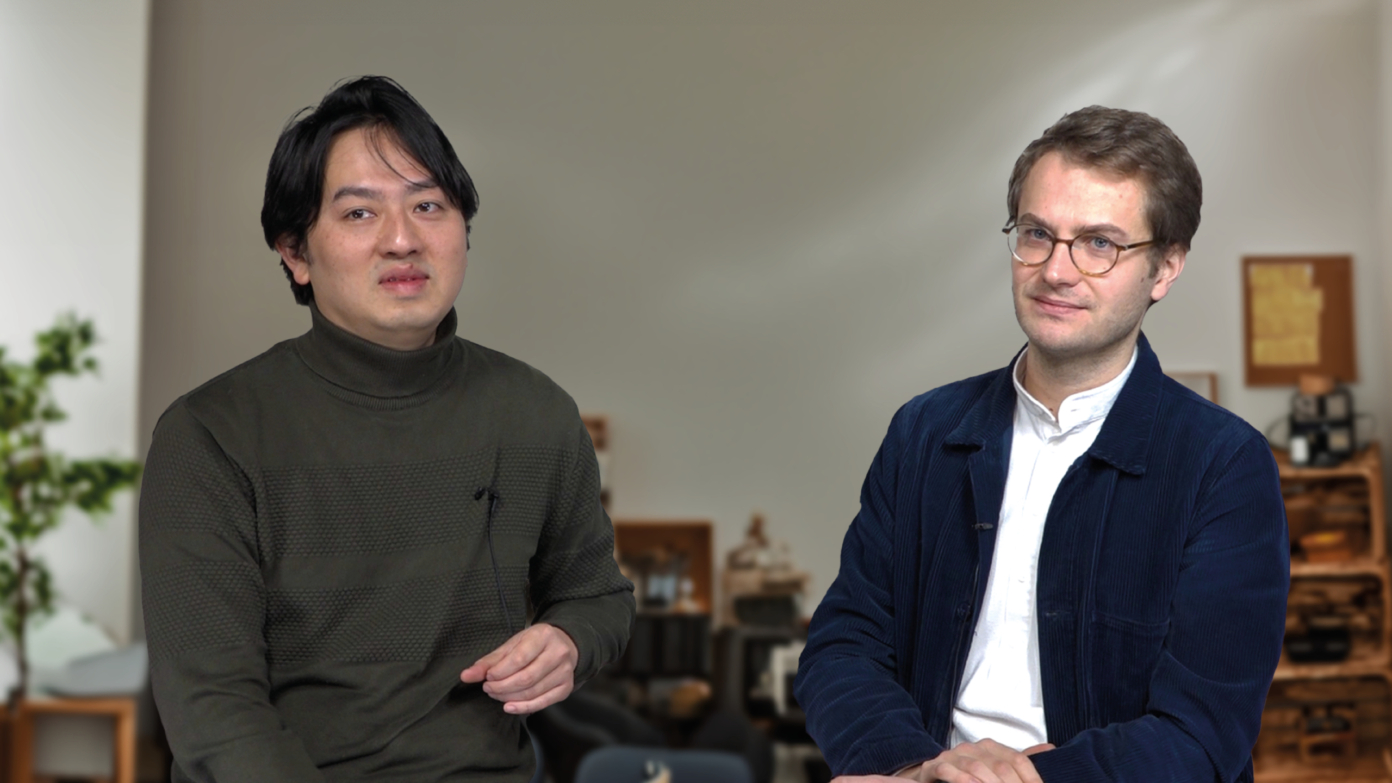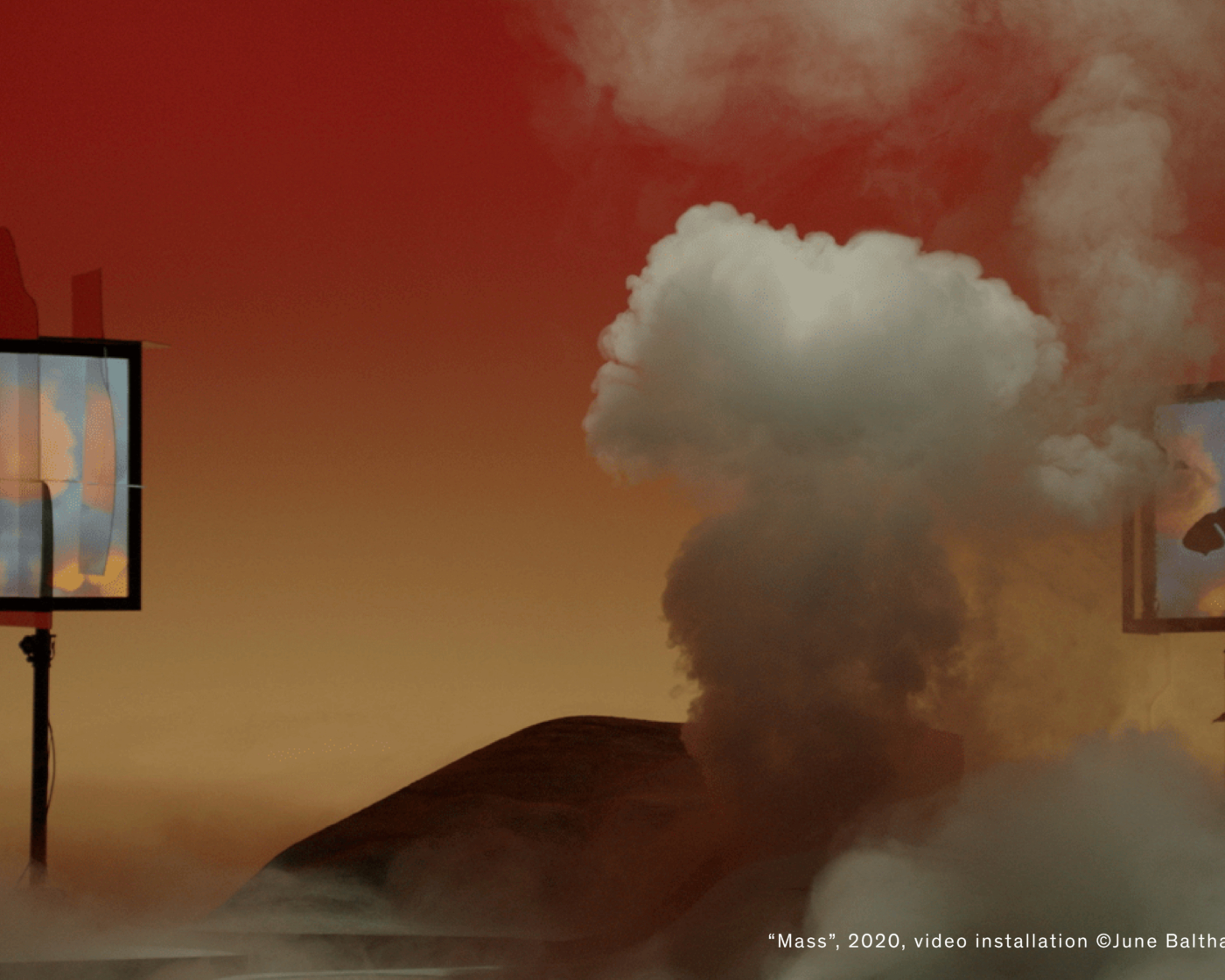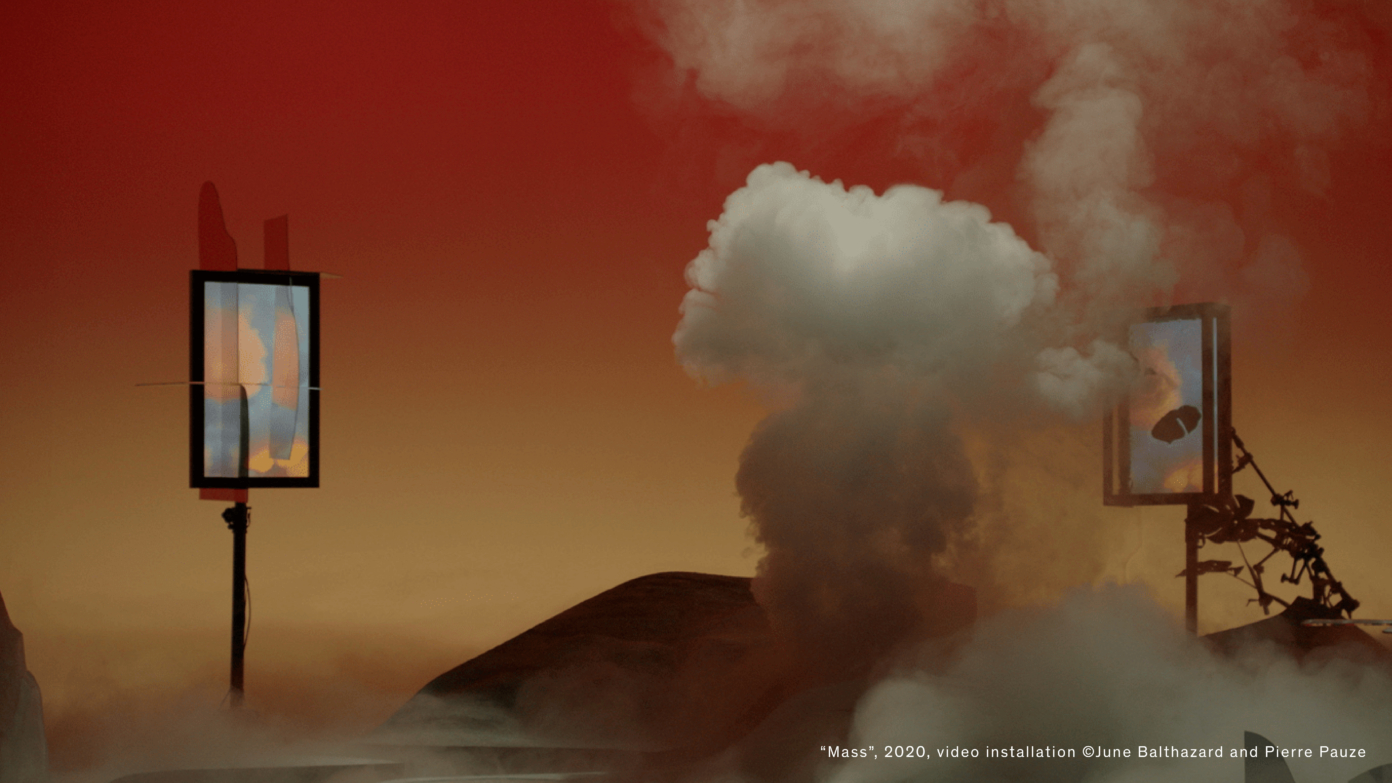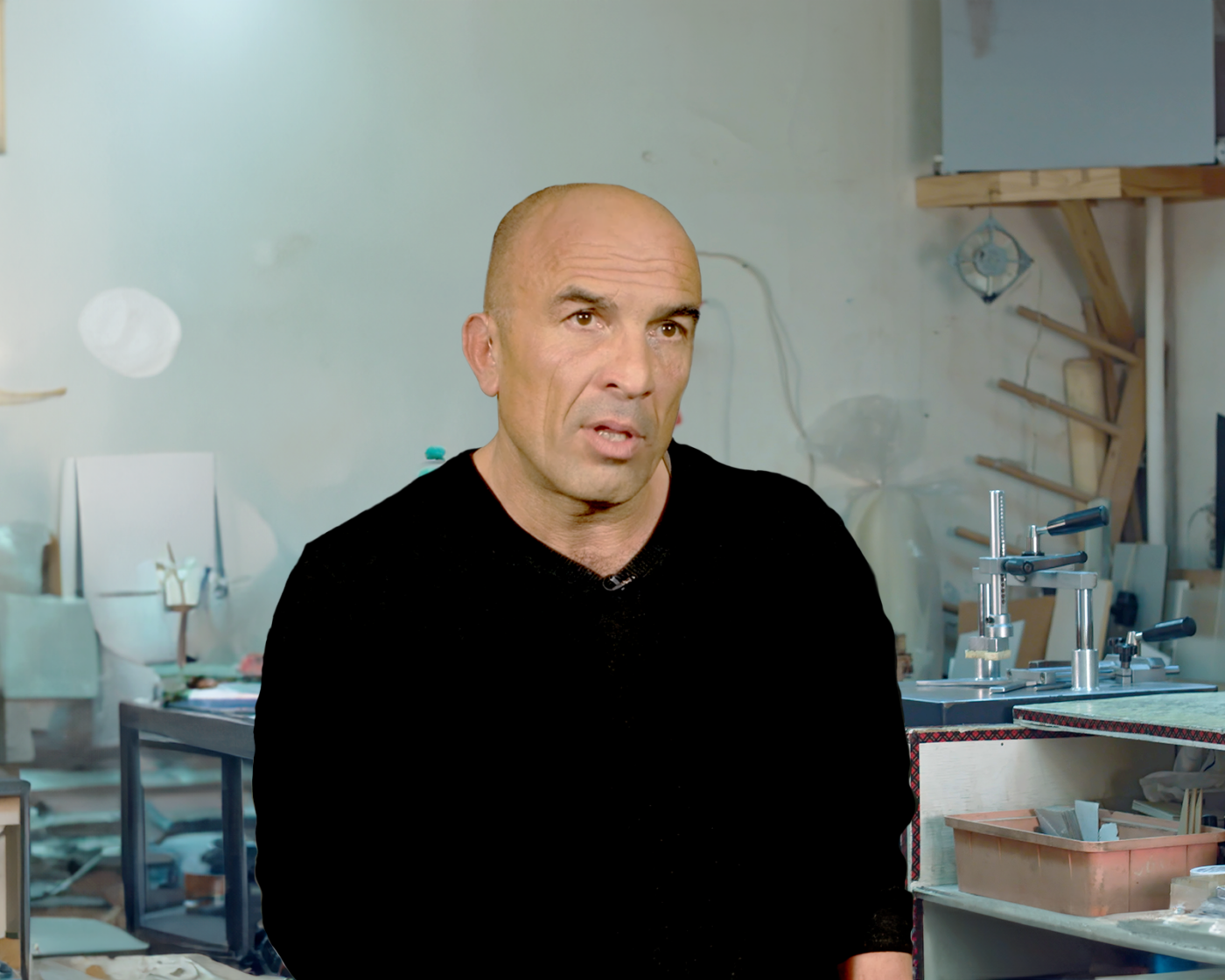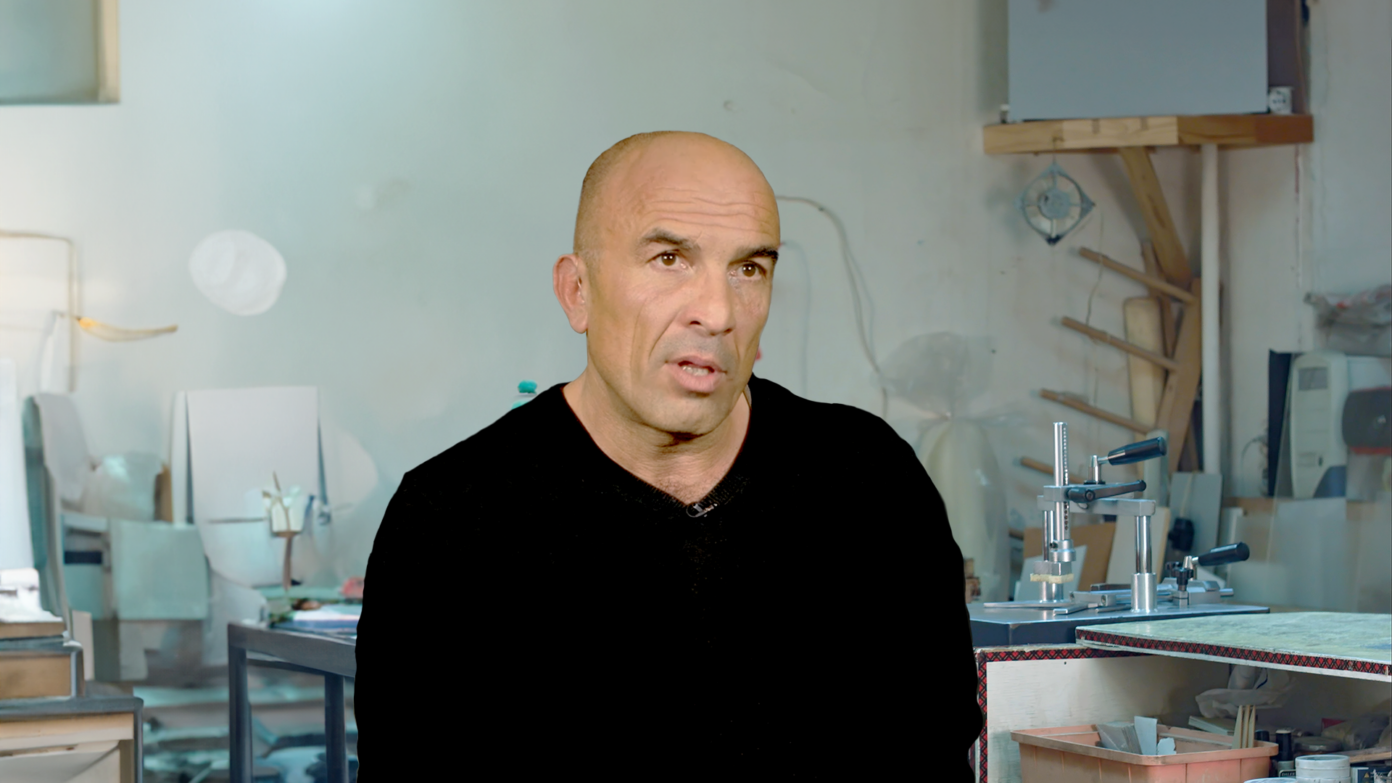Design: Reparation
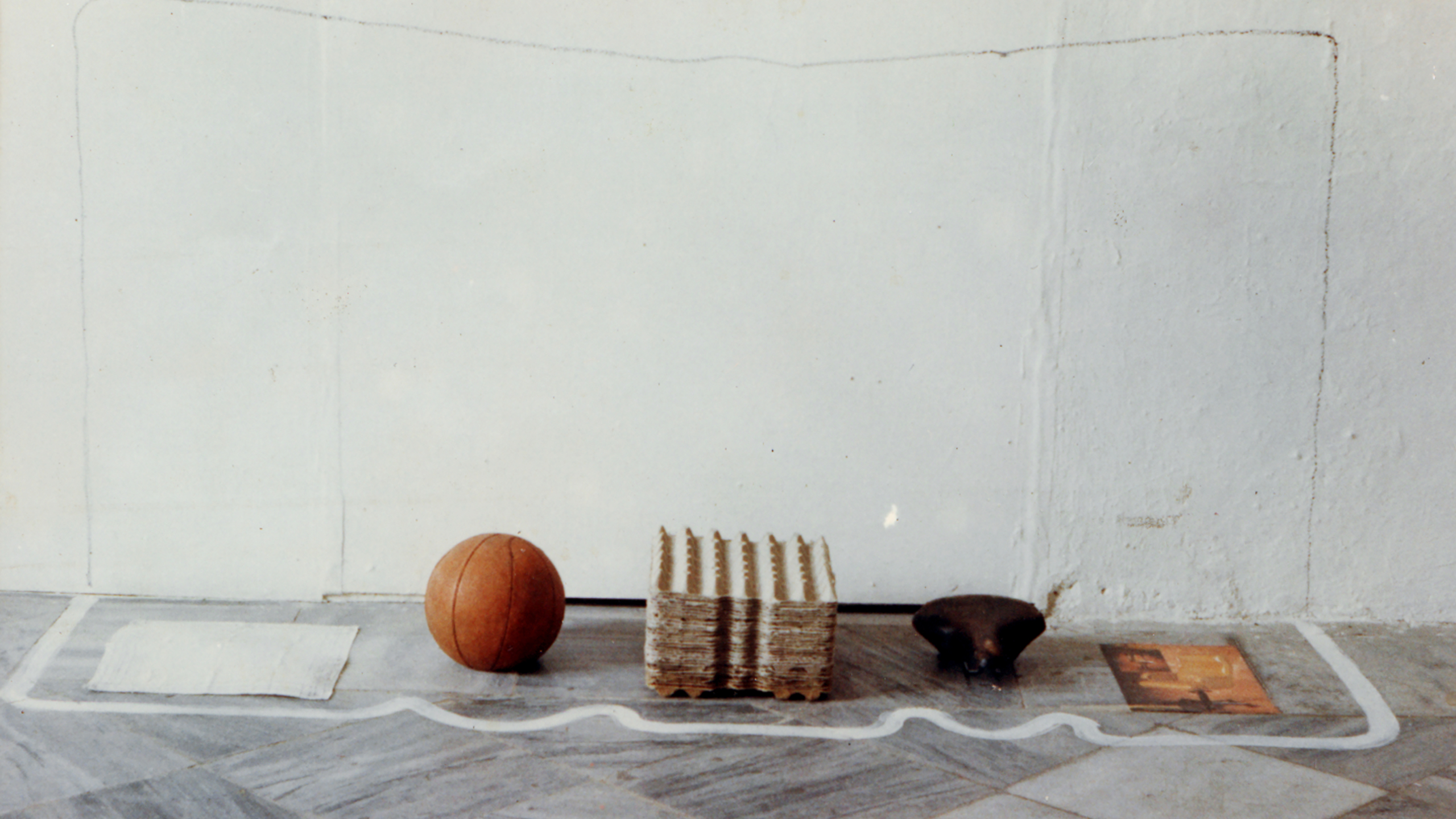
- Publish On 19 September 2021
- Nicolas Nova
Nicolas Nova is a social anthropologist. Inspired by New Media Studies and design fiction, he contends that the future of design lies in recycling and reparation as well as reinventing forms and functions. Did you know that a used flip-flop could serve as a lighter?
One of the concepts you’ve developed concerns the recycling of digital objects and thereby ties in with repair studies. Is repair essential to the transition and does it bring about a new esthetic?
I collaborated with designer Gauthier Roussilhe on a project that aimed to capture the way the environmental crisis changes our design practices. In doing so, we paid particular attention to the environmental impacts of digital technologies and the way in which design uses our everyday material conditions to serve as a negotiating tool between the paradoxical injunctions of global and digital issues. We published an article as a result of this investigation: Nicolas Nova, and Gauthier Roussilhe, “Du low-tech numérique aux numériques situés” [From Digital Low-Tech to Situated Digital Technology], Sciences du Design, 11, no. 1 (2020): 91, https://doi.org/10.3917/sdd.011.0091.
We thus came up with the concept of “situated digital technologies” to describe low-tech digital design, which is often poorly defined. We thus conducted an investigation aiming at compiling a list of existing practices demonstrating great creativity among all sorts[Ndt1] of players in such diverse areas as video games, website creation, and designing recycled machines or so-called “zombie media.”Technical objects that are theoretically “dead” but were brought back to life for uses that have drifted to some extent from those they were designed for. An expression coined in 2012 by two researchers in media studies—Garnet Hertz and Jussi Parikka.
It turns out that progress in terms of the digital future isn’t so much about technical performance as it is an ability to repair. I, therefore, don’t see the future of digital technologies as happening in Silicon Valley, but rather in the “invention of everyday life.” Object durability, their minimal energy impact, and resource depletion are fundamental questions for our future and imply reconsidering our standards and invite recycling, recovery, and re-use. These are, in a sense, the weak signals of a different relationship to technical objects, which could soon become widespread, aiming to preserve the habitability of the planet.
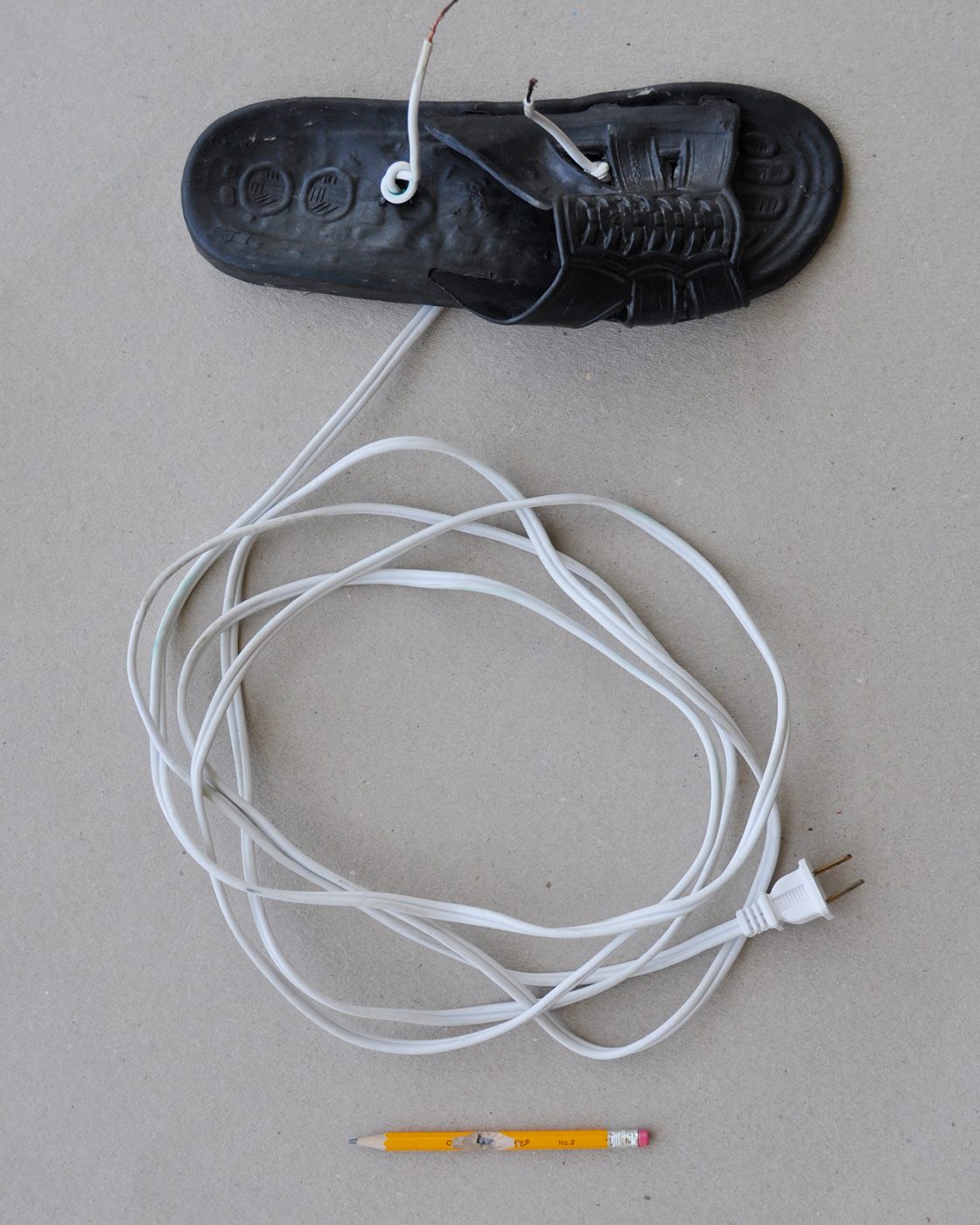
Ernesto Oroza’s artworks are a clear illustration of this idea. The Cuban artist and designer, who is head of research at the Saint-Étienne Higher School of Art and Design has focused his work on circumventing objects. We can feel that it is difficult to project oneself in a positive and utopian future world, especially when one lives in the Western world, as attested by the popularization of collapsology. In many places, however, the local populations have already been confronted with situations of social, economic, political, or environmental crisis, which they’ve overcome while continuing to imagine other ways of doing things and living together. What emerges is an “esthetic of resourcefulness.”
When we look at artistic practices, other forms of representation exist which are less stereotyped, less widely known, and a bit stranger, questioning our relationship to dirt or defilement, for example. Anthropologically, our relationship to hygiene has developed in a certain direction, but we could imagine it changing course due to environmental reasons. We could then be washing our bodies and our clothes less frequently and revise current standards defining what is “dirty” and what is “smelly.” When we engage in design fiction projects, which imagine these kinds of narratives, these are very likely viewed as forming a negative and undesirable imaginary and pushed aside. Nevertheless, to maintain the habitability of the planet, we cannot avoid engaging in a complete overhaul of our anthropological relationship to certain dimensions of the world. This is certainly not straightforward, but I remain convinced that we can reinvent our relationship to anticipation and projection as long as we walk the talk and take off the blinkers we wear in our daily life.
Is mixing disciplines necessary to imagine breaking away from our mental frameworks?
Absolutely. As a social anthropologist, the core of my work lies in the articulation between humanities and social sciences on one hand and academic production on the other. It involves exploring the description and the understanding of social practices related to today’s digital world, the uses of smartphones, geographic distributions related to technologies, and so on. In a second phase, I put these observations to use as input data for design fiction. This helped me understand that there is no single way of building relationships with technologies. It also invites us to take into account a certain amount of nuances that can stem from field surveys, for instance. Though I serve as an associate professor at HEAD – Genève, I don’t consider myself a designer and my relationship to design is associated with the search for coherence between form and substance. This ability to observe the world and draw up a creative synthesis appeals to me. I am, therefore, more interested in social practices and esthetics than in techniques and technologies per se.
You are investigating something called “design fiction.” What is it and how did this design technique arise?
Since the early twentieth century, there has been this idea that creation in design isn’t necessarily just geared towards solving a problem, but that it also aims to highlight the challenges and consequences of certain changes—in terms of thought, attitudes, climates, etc. What’s novel with design fiction, which emerged roughly fifteen years ago, is that it’s not simply about making a critical diagnosis, but also about anticipating the future through the creation of prospective narratives and a repertoire of forms and archetypes that are unique to our times.
There are many different ways of using design fiction. Within our design studio, the Near Future Laboratory, we are exploring the way in which the invention of new tools influences (and will influence) our relationship with the world, our ways of being together, and our forms of sociability. We apply design fiction to raise awareness among the major players of tomorrow’s world—corporations and local authorities—about possible desirable futures. To achieve this, we must move beyond the deeply rooted shared imaginaries of the Western world and start exploring other perspectives, such as those opened in Mexico or in India. It therefore comes down to imagining the future in order to reconfigure the present and trigger the activation of forward-looking strategies aimed at making the future more livable.
But design fiction is nothing more than an intermediary object for me, serving to build awareness and generate discussion, debates, or creative processes for products and services. We should absolutely not stop at creating scenarios without trying to apply them, or possibly move beyond them. This requires both time and energy, as well as skills and a form of expertise to support these changes.
The successive lockdowns highlighted how resourceful people can be and all sorts of desires for a “world after COVID-19” emerged. Inertia and the difficulty in measuring the immediate effects of concrete actions were also patent. It is critical to promote fictions to turn them into reality, which should hinge both on the private and public sectors.

